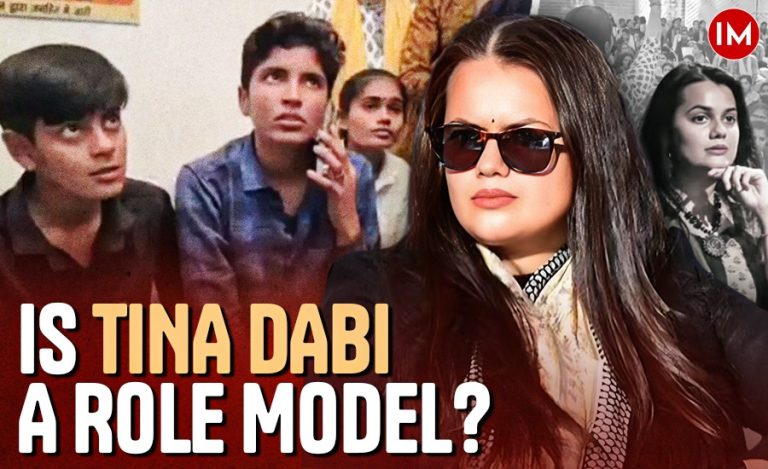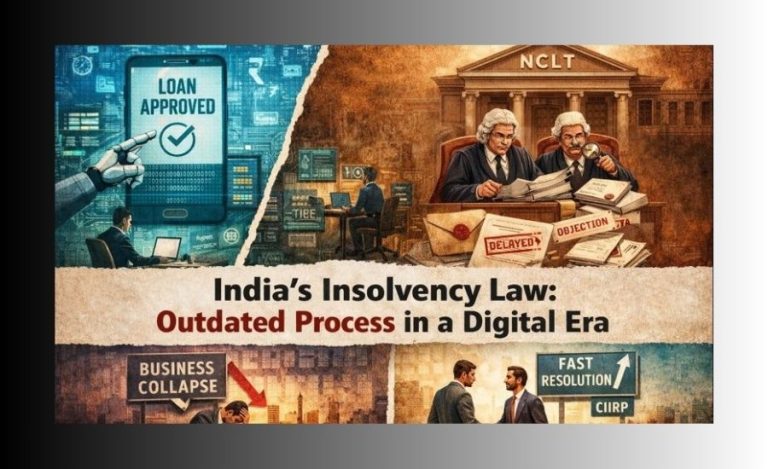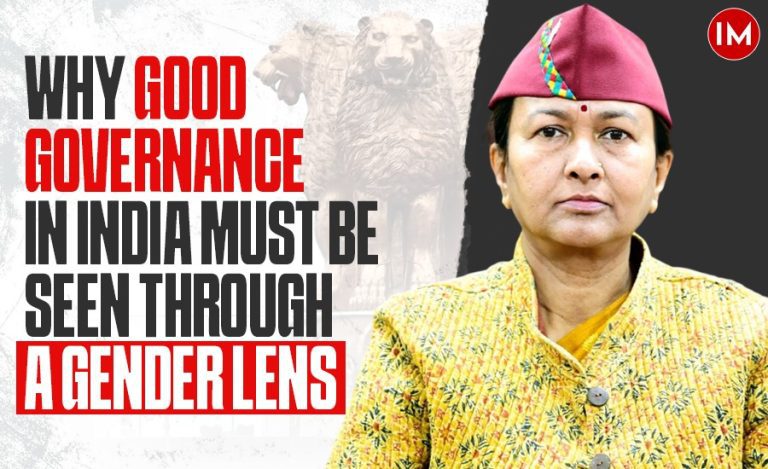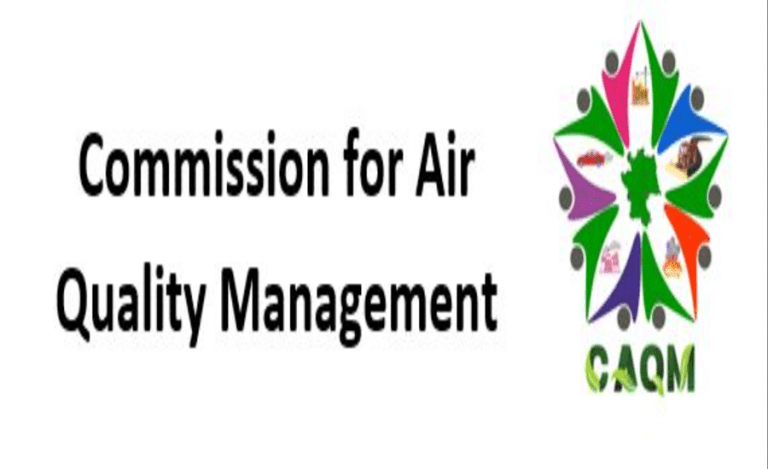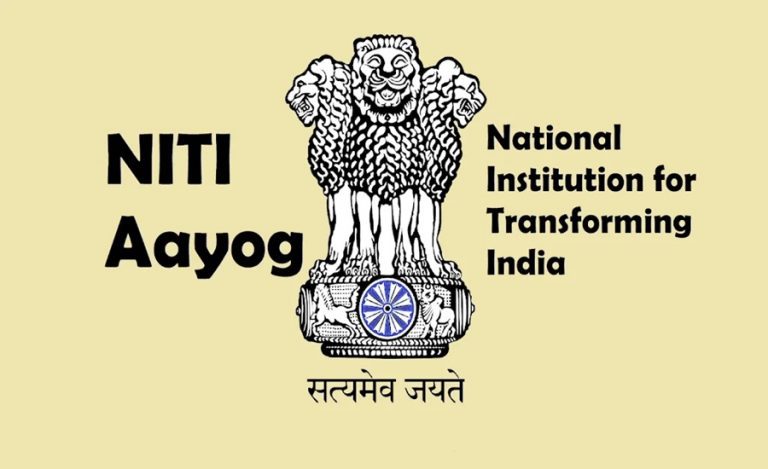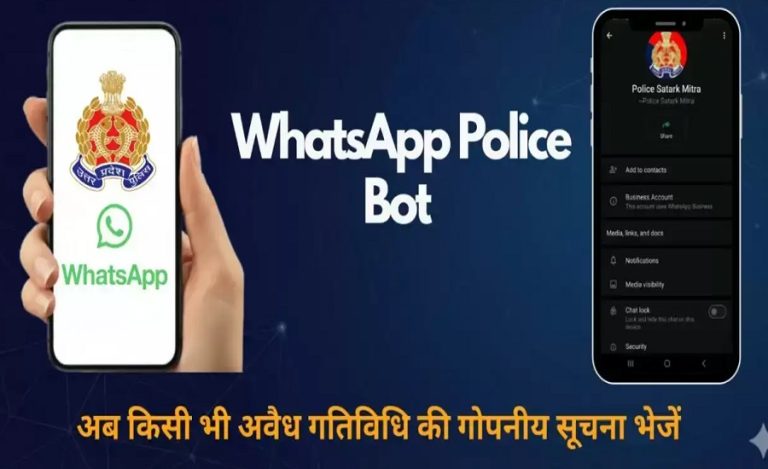Ganesh Visarjan in Rajnandgaon, Chhattisgarh, is a vibrant and culturally rich event that marks the culmination of the 11-day-long Ganesh Chaturthi festival. The event is not just a religious ritual but also a community celebration that brings people together and has been celebrated since the 1930s during the pre-independence era. During Ganesh Visarjan in Rajnandgaon, the ‘jhankis’ (tableaux) are a major highlight. In Rajnandgaon, the festivities are particularly grand and draw large crowds. More than 2 lakh people from across the district and neighbouring towns attended the event on the eve of September 17, 2024.
Security challenges
1. Crowd management: With thousands of devotees participating, managing the crowd becomes a significant challenge. Ensuring that the processions move smoothly without causing stampedes or overcrowding is crucial. The streets are narrow and would get easily crowded, especially because traditionally the jhankis would move abruptly in any direction. The crowd becomes unruly because of the presence of intoxicated anti-social and criminal elements carrying arms who would often turn the processions into fight arenas. This makes the space unsafe for women and children.
2. Traffic control: The processions often lead to traffic congestion. Special traffic arrangements, including rerouting and setting up barriers, no entry zones, one-ways etc become necessary to prevent gridlocks and ensure emergency vehicles like ambulances, fire brigades, 112 and police patrolling vehicles etc can move freely.
3. Noise and pollution control: The use of loudspeakers, boom boxes and DJs can lead to noise pollution, which has been a point of contention. Elderly and children are usually the worst affected by noise pollution, especially those living in houses in lanes through which the jhankis pass through.
4. Safety near water bodies: Ensuring the safety of devotees during the immersion of idols in water bodies is critical. Lifeguards, home guard/ SDRF teams, proper lighting, road blocks, radio communication systems and emergency medical services are needed to prevent drowning incidents and manage any accidents.
5. Public confrontation: Rajnandgaon has been a highly politically active district with heavyweight leaders like ex-Chief Ministers being elected. Literacy rate is high and any change from traditionally run systems faces heavy resistance from public if their confidence is not won over.
Key interventions
1. Regular multi-stakeholder meetings: District police and district administration took more than 10 multi-stakeholder meetings starting about 3 months before the festivals, most of which were led by Collector Rajnandgaon Sanjay Agrawal and SP Rajnandgaon. These meetings were attended by Ganesh Pandal Samiti representatives, Jhanki Samiti representatives, DJ and music system Samiti representatives, chambers of commerce representatives, public representatives, media, and officials of revenue, police, nagar nigam, excise, RTO, health, electricity etc. The key objectives of these meetings were to identify lacunas in arrangements done in past years, propose solutions to bridge gaps, and build consensus around changing the almost-century old way of how Jhankis were routed, permitted music levels, permitted content etc.
2. Involvement of public representatives: In order to build consensus, it was crucial to get support from public representatives like local MLA, MP, Mayor, ruling party representatives, opposition party representatives etc through public meetings as well as individual meetings to bring them on side of police and administration and to build a movement for change with their support and to prevent any resistance derived from lack of information and/or ego clashes.
3. Use of media: Media became the most important catalyst for the change and continuous dialogue with media ensured that opinions of public and problems faced by them every year during Ganesh Visarjan were brought out through various print, electronic and social media platforms. This helped in building a positive space for change and also helped in mounting social pressure on dissident public representatives and nuisance elements amongst stakeholders.
4. Choosing single route and single direction: One of the biggest reasons for traffic disruptions, fights, crimes, and even disruptions of law and order was absence of any single route accepted by all the 50 plus jhankis which start from various points in the town (given varied distances and directions) and ultimately mostly culminate in the riverside. The major starting point of consensus building was to finalise one single route with 3 starting points to choose for everyone, ultimately closing in a single point and route. The selected route also had maximum space to accommodate large public without any concern of logjam or stampede or accidents. This took the maximum time and effort and once the consensus was built it was strictly enforced with support of public and Samiti representatives to ensure no divergence in route and/or direction would be allowed.
5. Ban on DJs, and non-religious, objectionable content: After route selection, the second biggest intervention was to sensitise the public and Samitis about ruling of honourable Supreme Court, High Court and Chhattisgarh government limiting the decibel levels of sound systems and prohibition of playing loud sounds at certain earmarked areas. This was coupled with putting across opinions and pains of public especially elderly, children and those having medical issues because of noise pollution, especially from woofers in sound boxes.
6. Detailed security deployment and dedicated patrolling: More than 700 force personnel were deployed in a detailed manner covering all critical points and reserve, more than 100 barricades were installed and dedicated two-wheeler and four-wheeler patrolling units were formed to ensure smooth traffic flow, efficient crowd management, prevention of crime and maintenance of law and order. Personnel in civil dress were also deployed to keep surveillance on unruly elements and to take action against them instantly.
7. Action against anti-social and criminal elements: To create an atmosphere of security before the onset of the festival period, special drives were initiated more than 30 days before Ganesh Visarjan to nab anti-social and criminal elements and book them under preventive sections of the law, especially those involved in use of arms, selling of illicit liquor and peddling of drugs etc.
8. Novel interventions: Some novel interventions were also taken up to aid the efforts of police and administration in smooth conduct of the Visarjan:
a. Traffic no-entry points and parking zones;
b. Closure of street shops (Pasra) 4 hours before the event to aid crowd movement;
c. Promotion of local music and religious songs/music
d. Token system for Jhankis based on transparent roaster to prevent clashes;
e. Minimising size of vehicles used in Jhankis;
f. Shifting up of overhead wires and billboards beforehand;
g. Closure of liquor shops one day prior (done for the first time ever);
h. Dry drills for ambulance and fire brigade movements to sensitise public;
i. Use of Public Announcement (PA) systems;
j. Fire extinguisher cylinders in every jhanki and pandal;
k. Multiple temporary wireless control rooms to provide seamless communication;
l. Expanding volunteer network with more than 100 volunteers;
m. Senior officers taking over command and lead by example;
n. Continuous Security Surveillance by Project Trinetra and Drones;
o. Visarjan Sthal arrangements like flood lights, medical and SDRF teams, and trained swimmer volunteers from panchayat to aid in Visarjan.
Challenges faced
1. Initial resistance by Samitis;
2. Weak Nagar Nigam;
3. Last-minute political pressure;
4. Last-minute unavailability of smaller vehicles and generators;
5. Threat to Samiti members.
What the District Administration has achieved under the inspired leadership of the District Collector Sanjay Agrawal and SP Mohit Garg is a wonderful example of Nexus of Good and a first-of-its-kind model of police-administration handling law and order, crowd management and traffic management with involvement of large sections of public to sway them away from traditionally accepted practices.


